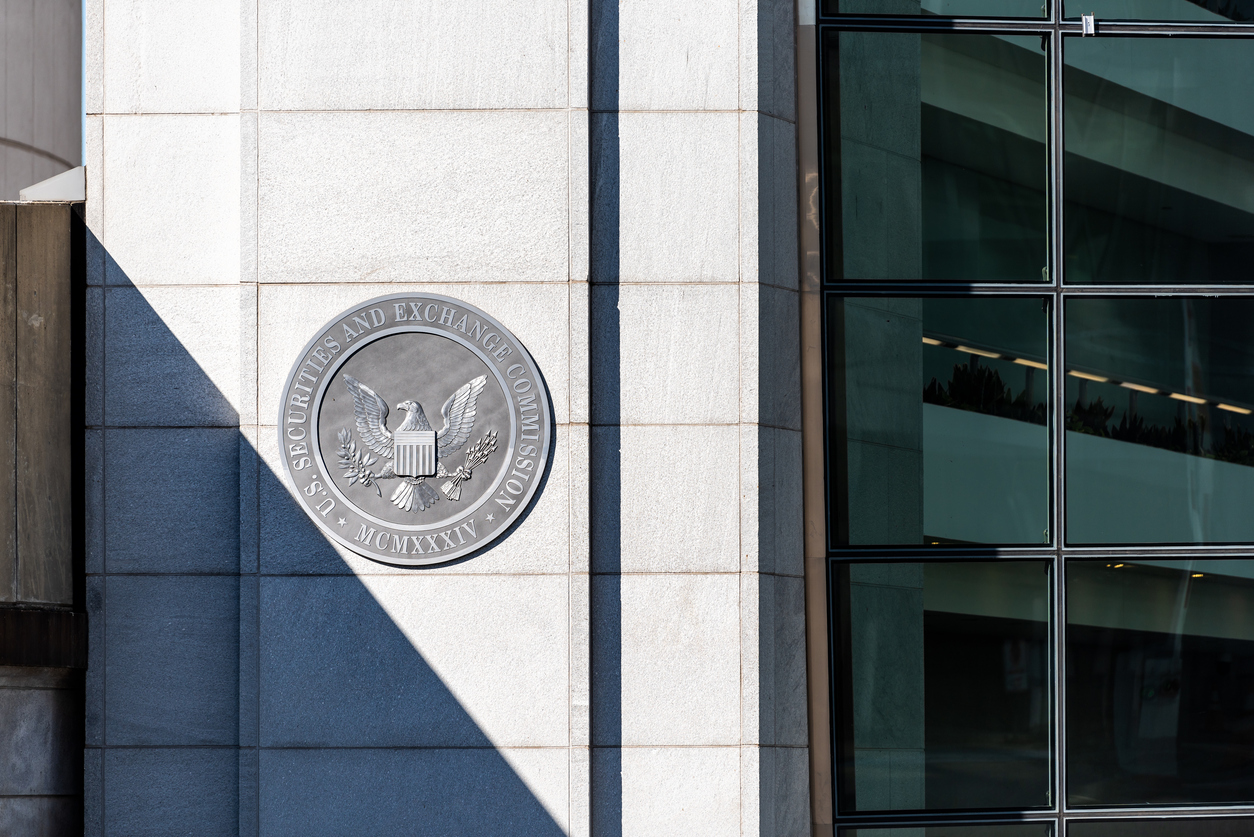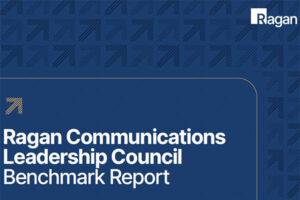How communicators can navigate shifting sustainability regulations
The SEC’s pause on climate change-related regulatory reporting requires training and balance.

One of a communicator’s most valuable skills is flexibility. Whether that’s pivoting within a crisis or keeping up with news developments that adjust as they emerge, a communicator’s impact is often felt the most during times of change. But what about when external forces leave uncertain comms directions ahead?
Last month, the SEC ruled that large public companies would have to disclose some of the aspects of their carbon footprints and also explain to investors how climate change might impact the state of the business. In a piece this March, Ragan editorial director Justin Joffe outlined what these changes might mean for comms pros, especially on a global scale.
But not so fast — this week, the SEC stated that it was hitting the pause button on the implementation of these new disclosure rules. Between that and a new limit on pollution from chemical plants that the Biden administration implemented this week, sustainability communicators need to pay attention. It’s especially notable when you consider that according to the Ragan Communications Leadership Council Benchmark Report, just 41% of respondents said that their organizations were giving more time to ESG initiatives, down 8% from the previous year.
Working within regulated industries isn’t new for many communicators. But to develop a coherent plan that’s able to react and turn as news develops and changes, you’ve got to stay on top of the metaphorical shifting sands around you.
We spoke with communicators in the sustainability space to gain a better perspective on how regulations affect comms strategy, the right ways to plan, and more.
Keeping up with the regulators
Regulations form frameworks in many industries that create the spaces that communicators need to work within. However, understanding regulations and how they shift and change is deeply rooted in how well a communicator understands their own organization.
According to Theresa Pantazopoulos, sustainability communications executive, communicators need to understand where business and purpose meet.
“Communicators can stay on top of reporting regulations and bring them into their overall strategy by doing two things very well — going very deep in their understanding of their organization’s business goals and [communicating] how a more sustainable approach can help people, planet, and yes, profit too,” Pantazopoulos said.
While the SEC ruling is notable, it isn’t necessarily a surprising development. By keeping up with the legal cycles of sustainability reporting regulation, communicators take tangible steps to prepare ahead of potential changes.
That may include tabletop training exercises to help comms pros get a better sense of what lies ahead and the stakeholders they need to be in touch with.
“Go through a mapping exercise with your wider organization to know the roles everyone plays when things do inevitably shift,” Pantazopoulos said. “Try to silence outside noise and rely on your business objectives as a guide.”
Finding a balance with the reporting process
With major changes in reporting and regulations, changes in process or differences in philosophy on how to approach the new rules may arise.
According to William Paddock, co-founder and managing director at WAP Sustainability, there’s often a disconnect within sustainability-focused teams that want to strike a balance between both rigor and audience readability.
“The key for every organization is to understand how reporting is and can be used, today and in the future,” Paddock said.
He added that a lot of how sustainability communication is perceived, both internally and externally, has to do with tone. The proper tone will keep employees and external stakeholders in a positive place while hitting the wrong notes might do significant damage.
“Employees know when a report overstates company actions and that has a negative impact,” said Paddock. “Alternatively, too much or too little externally can also damage the brand.”
Sustainability communications are rooted in the team knowing what messaging it needs to push out, regardless of when regulatory shifts come along. Companies should have plans in place and know what’s expected of them, which makes communicating and reporting much easier.
“For example, any company who makes a product is expected to know and report on the carbon footprint of operation and products, have visibility into the social impacts of your supply chain and the social impacts of your products,” Paddock explained. “This is the foundation.”
“From there, goals, targets, commitments, additional social metrics or other relevant segment metrics also may apply, but the reporting frameworks provide a process for how to determine this.”
Sean Devlin is an editor at Ragan Communications. In his spare time he enjoys Philly sports and hosting trivia.







